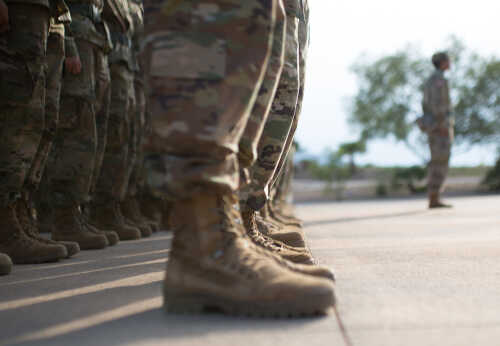
Despite fierce objections from China, the Philippine government has designated four new military locations where permanent deployments of US soldiers would be allowed. Several are located just across the water from Taiwan.
To counter China’s objections, Filipino officials argued that allowing a more prominent US military presence was in the country’s best interest and would improve its capacity to react to natural catastrophes.
After much speculation, it was announced in February that President Marcos Jr. had approved an agreement between the longtime treaty allies in 2014, expanding U.S. military presence in the Philippines from the current five sites to a differential four military bases.
Among the additional sites cited by Marcos’s administration is the Santa Ana naval facility in the northern Cagayan region and the Lal-lo international airport.
Since they would provide US forces with a staging location near Taiwan, an independent island Beijing claims as its own, and southern China, Chinese authorities are furious about those sites.
The other two military outposts are the Isabela province in the north and a naval base on Balabac island in the western region of Palawan. The island of Palawan overlooks the South China Sea, a strategic waterway for global commerce that Beijing claims almost unilaterally. Because of this, smaller claimant nations like the Philippines are at risk as Beijing’s aggression has increased in recent years.
China and the Philippines have been involved in severe territorial confrontations with Vietnam, Malaysia, Brunei, and Taiwan over claims to islands and reefs in the South China Sea, a bustling sea with abundant natural resources. Despite Washington’s lack of territorial claims, Beijing is understandably upset by the presence of US warships, fighter fighters, and spy planes in the key waterways as part of patrols Washington would promote legality and freedom of navigation.
The Philippines were formerly home to two of the most extensive naval and air force facilities outside the United States continental borders. The bases were closed at the start of the 1990s when the Philippine Senate declined to approve an extension. Yet, under the Visiting Forces Agreement, US soldiers returned for large-scale combat training with Filipino forces.
The permanent stationing of foreign military on Filipino soil and their involvement in regional wars violate the country’s constitution. The 2014 agreement states that US soldiers may remain at designated Filipino camps indefinitely, utilizing their defensive equipment to build dormitories and other facilities except for nuclear weapons.














